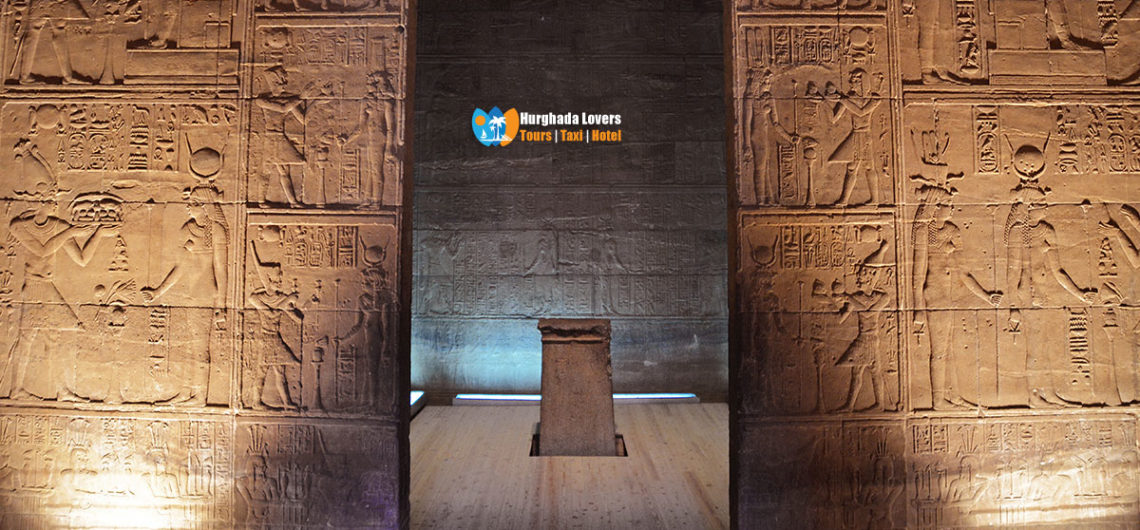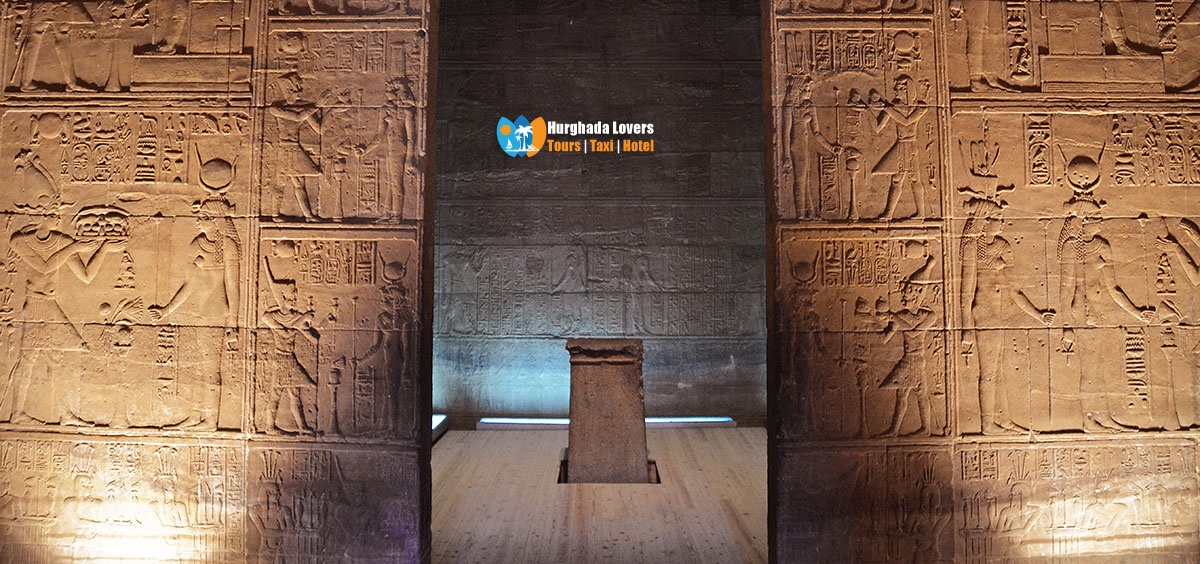Pharaonic monuments in Al-Sharkia & El-Gharbya Egypt | Facts Pharaonic Antiquities & History Of Egyptian
The Pharaonic monuments in the province of El-Sharkieh in Egypt | the secrets of the most important monuments discovered in the province of El-Sharkieh to tell us the history of the civilization of ancient Egypt, the Pharaohs kings and the social life of the Ancient Egypt & Things to Do in Egypt.
Hurghada lovers Offer Luxury Hurghada to Pyramids Tours | El Gouna to Pyramids Tours | Makadi bay to Pyramids Tours | Sahl Hasheesh to Pyramids Tours | Soma bay to Pyramids Tours .
Pharaonic monuments in Al-Sharkia “El-Sharkieh” Al-Sharqiyyah – Al Sharqia –
Egypt
Tal Basta – Tell-Basta
The most important Pharaonic monuments in Al-Sharkia and attractions in the province of El-Sharkieh in Egypt and which treasures and monuments have been discovered in (Tukh El-Qaramos, Abu Yassin and Herbit) statues, tombs, Pharaonic Temples and the way of the Holy Family to tell us about the treasures of ancient Egypt.
Its ancient Egyptian name is Bubastis, the home of the idol Bastet, which symbolizes the cat. Located near present day Zagazig, dating from the earliest times, it is also written in Ancient Egyptian (Bastet) and Coptic (Boubasta).
It is located 95 km from Heliopolis and the branches Bellozi and Qianiti are close to the place where the city of Boubasta occupies, which was surrounded by tall trees with a spectacular view as told (Herodotus). Moved from the area to the museum.
The entrance to the temple had two giant representations: one now in Cairo and the other in London. In the hall behind the entrance were four pink granit statues of King Ramses II “Egyptian Pharaohs kings“.
The Old Kingdom had a temple with evidence of Ramses‘ reuse of a mass bearing the names of Cheops and Chephren and revealed a chapel dating from the Sixth Dynasty.
During the middle kingdom, there were thresholds, inscriptions, and statues of Sesostris I and Sesostris II, and from the period of the Hyksos, there were inscriptions of “Lyubi” and “Betrayal” on the usurped statues.
We also find the names of Merenptah, Khaa Em Wasset, Ramses VI and Shoshenq I.
Since ancient times, it has been an important city, but its fame came late when the kings of the 22nd “Libyan” dynasty distinguished it to take care of it, and they added a lot to the temple of Bastet. The late cult of Bastet became popular and the annual celebrations of cat-headed goddess attracted large waves from all over Egypt.
A temple from the Sixth Dynasty was also found there. Countless pieces of antiquities, many of which can be found in the Egyptian Museum “Museums of Egypt“ and some currently on display in museums in Paris, London, Germany, Sydney, Australia, etc., include many types of paintings, sculptures, various architectural pieces and various ornaments.
Some important places in Tal Basta:
Tukh El-Qaramos:
Located northeast of Tal Basta, halfway between Tal Basta and Fakous, it has a dilapidated temple. The following effects were observed:
- A vase found near the entrance of one of the rooms, with poor writing (Cairo Museum).
- Basic deposits, including a slab decorated with cartouches (Philippe Arhedius).
- A treasure trove of gold and silver with bracelets, collars, and pots in the rooms southeast of the wall (Egyptian Museum).
- A painting that depicts the king in front of Amun, Mut and Khonsu with a text offering a plot of land (the Egyptian Museum).
- A painting depicting the king in front of Amun and Mut with texts of idols from the Ptolemaic era
Abu Yassin – Pharaonic monuments in Al-Sharkia
Located north of the city, we found in it:
- The coffin of a Greek ruler of the Ptolemaic era.
- A table of offerings from the Ptolemaic era.
- A sacred bull water tomb with huge black granite They are all covered with inscriptions (at the Egyptian Museum).
Herbit – Pharaonic monuments in Al-Sharkia
Located just north of Abu Yassin, the monuments were found to include:
- Three paintings depicting Ramses II offer offerings to his statue.
- Officer Mess’ painting accepts gold rings from Ramses II.
- A painting by (Seth Nakht) and another by (Usserhat) the scribe of (Amun Ra).
- A carved stone that represents the head of King Ramses III.
- A monolithic coffin from the Saite era
- A table of offerings dedicated to Osiris of a king of the end of the era.
- A latch (in the form of a lion) the door of the Naos with the text dedicated to Isis.
The monuments of San El-Hagar – The Tombs Of San Al-Hagar (Tanis)
The history of the construction of the region of Tanis is the most important Pharaonic monuments in Al-Sharkia and which statues and pharaonic tombs have been discovered and treasures to tell us the secrets of the Pharaonic civilization.
Located on the Sea of Moyes, the ancient branch of Tanis of the Nile, about 35 km from Fakous, the capital of the 14th province of the ancient Delta, it is considered the largest archaeological area of the Delta.
The legends of the branch of Tanis claim that it is the one in which Seth threw the coffin containing Osiris, which was pushed by a hidden force to Byblos.
The monuments of Belbeis
History and secrets discovered in the archaeological region of Belbeis in the province of El-Sharkieh and which pharaonic statues and granit palaces have been found to tell us the culture of the civilization of ancient Egypt.
Belbeis, located between Tal Basta and Ain Shams, was passed by the Nile during the days of flooding, and its Roman name is Biblos and its Coptic name Belbeis or (Falbes, Phelbes) was named in 1871 as the Centre (Belbeis).
- A mass of red granit with the name of King Merenptah on it.
- The wall of a black granit
- A block of pink granite with text in seven rows.
The monuments of Fakous:
The most important Pharaonic monuments in Al-Sharkia and shrines of the province of El-Sharkieh and what are the finds of statues and monuments found in the area of Al-Khataana, Tal Al-Qurqafeh, Tal al-Baraka, Tal Abu al-Flous and other secrets of ancient Egypt.
Al-Khataana:
Located northeast of Fakous between Daydamon and Kantir. The ruines of a temple were found nearby, and a double statue of a man and a woman with a text by relatives of King Saankh Maa Ka Ra (Monthuhotep V) of the 11th dynasty was also found.
In some areas of this ancient city, there are also some of the following sites:
Tal Al-Qurqafeh: A granite door was found there.
Tal Al-Baraka: There was a statue of the Sphinx (headless).
Tal Abu El-Flous: The lower part of a black granite statue of Queen Senet was found there.
The monuments of Kantir – Pharaonic monuments in Al-Sharkia
History and secrets about the most important Pharaonic monuments in Al-Sharkia & of the province of El-Sharkieh and the most important finds of pharaonic statues and tombs found and related to this region as the cradle of Moses, and more.
Located about three kilometers (2 miles) north of the El-Khataana area, it is located near Fakous.
Kantir is an ancient built village, part of which has been revealed (Navel), where monuments from the 12th, 19th and 20th dynasties were found on panels of colorful earthenware and stones with the names of some gods, making it more likely that Ramses, the capital of the Ramses, would be there, and that what was found were the ruins of his palace.
Professor Labib Habashi also carried out excavations at Kantir and Al-Khataana, which ended with the discovery of more palace monuments, temples, and tombs from the Ramses era and even older.
On the contrary, it indicates that there is a high probability that Awaris, the capital of Hyksos, is present on the site of the village of Al-Khathana, and the Egyptian Museum now has many pieces of earthenware found in Kantir, the most important of which are perhaps pieces depicting a lion devouring the head of a captive, and these coins must have adorned the royal palace.
The monuments of Abu Yassin – Pharaonic monuments in Al-Sharkia
The most important monuments and shrines of Pharaonic monuments in Al-Sharkia Abu Kebir and the secrets of the discoveries of the tombs of the Hapi calf and coffins to tell us about the life of kings in the civilization of ancient Egypt.
It is an area close to the city of Hehia, and the tombs of the calf (Hapi) and huge granite coffins, as well as the ruins of an ancient city 30 km from the road to El-Falaridia, have been found.
The monuments of Sa El-Hagar – Sais (Sa el-Hagar) – Pharaonic monuments in Al-Sharkia
The history of the construction of the most important Pharaonic monuments in Al-Sharkia since Bassiun and which monuments, statues and tombs have been discovered in the area and more about the secrets of the Pharaonic civilization.
The village of Bassioun was the capital of the 5th Delta Province in the 24th Dynasty and was called Sao and is considered a major center of worship of the goddess (Neith)and still has ruins that date back to the 23rd/24th dynasties with ruins Pharaonic and Roman and remains of an ancient city.
Temple of Behbit Al-Hegara “Behbeit El Hagar “
The history of the construction of the most important pharaonic monuments of the province of El-Gharbya since Samannud and which statues and tombs were discovered in the temple, which dates to the time of the Ptolemaic civilization.
The White House Temple in the village of Behbit Al-Hegara the center of Samanud. It is considered one of the most important areas of the province in terms of antiquities and dates to the Ptolemaic period and there is a sacred temple and this temple and the rest of the monuments of the village still exist and is being excavated where it will be transformed into a tourist village.
Pharaonic monuments in Samanud:
It was once known as “Thebet Neter” in the sense of the sacred bull and was the capital of the 12th province during the 30th dynasty in 378 until 341 BC and its ruins still exist. The God of this capital, Anoris for whom a temple was built and its ruines still exist, and the graying granite stones have remained.
Author & Writer Pharaonic monuments in Al-Sharkia: Tamer Ahmed Abd elfatah Yousif
The Pharaonic monuments in the province of El-Sharkieh in Egypt| the secrets of the most important monuments


